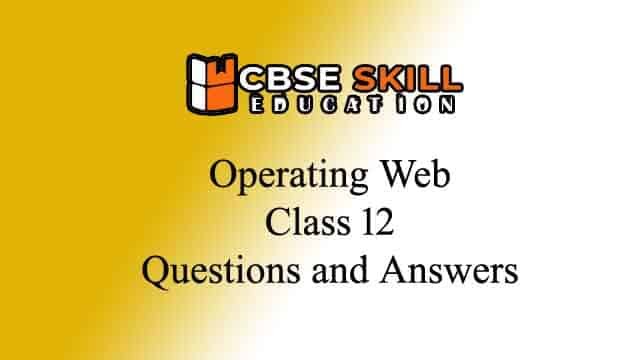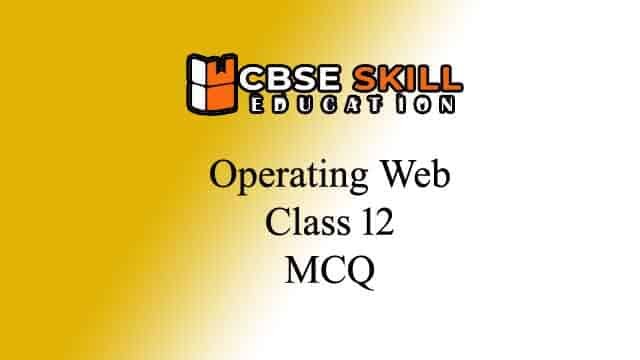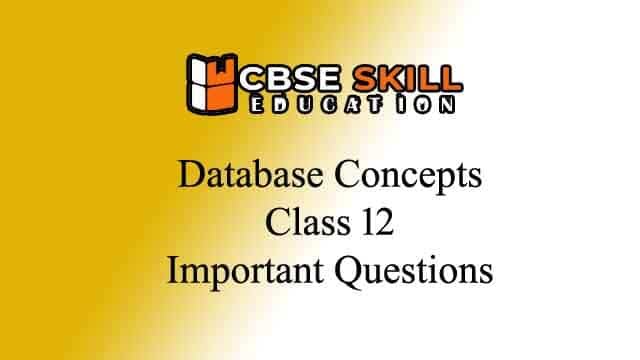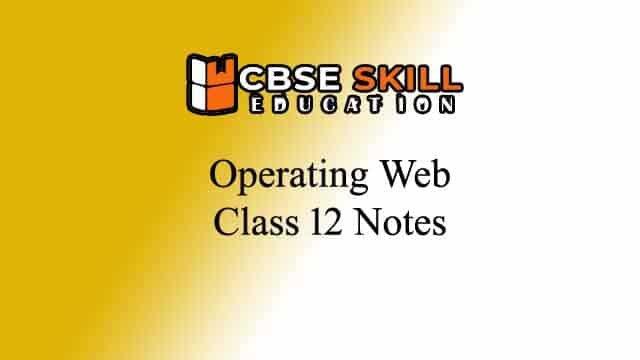Operating Web Class 12 Questions and Answers
Teachers and Examiners (CBSESkillEduction) collaborated to create the Operating Web Class 12 Questions and Answers. All the important Information are taken from the NCERT Textbook Information Technology (802) class 12. Operating Web Class 12 Questions and Answers 1. What is Web-application?Answer – Web-based applications are those that can be accessed through a web browser and … Read more





